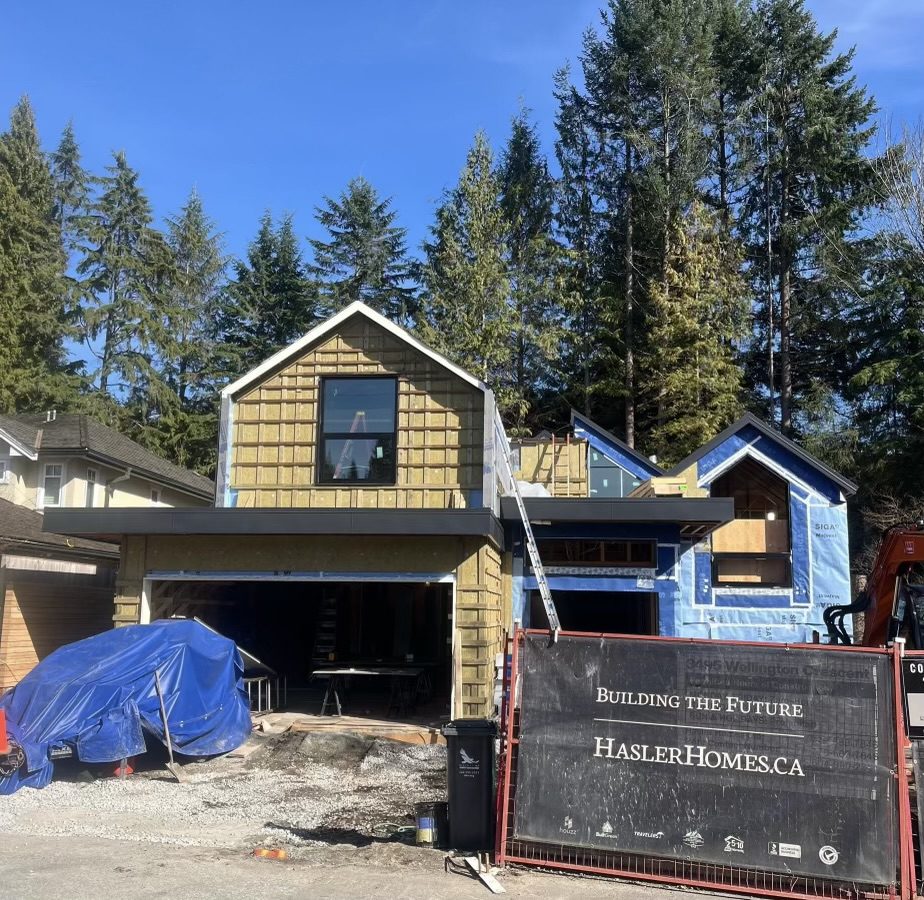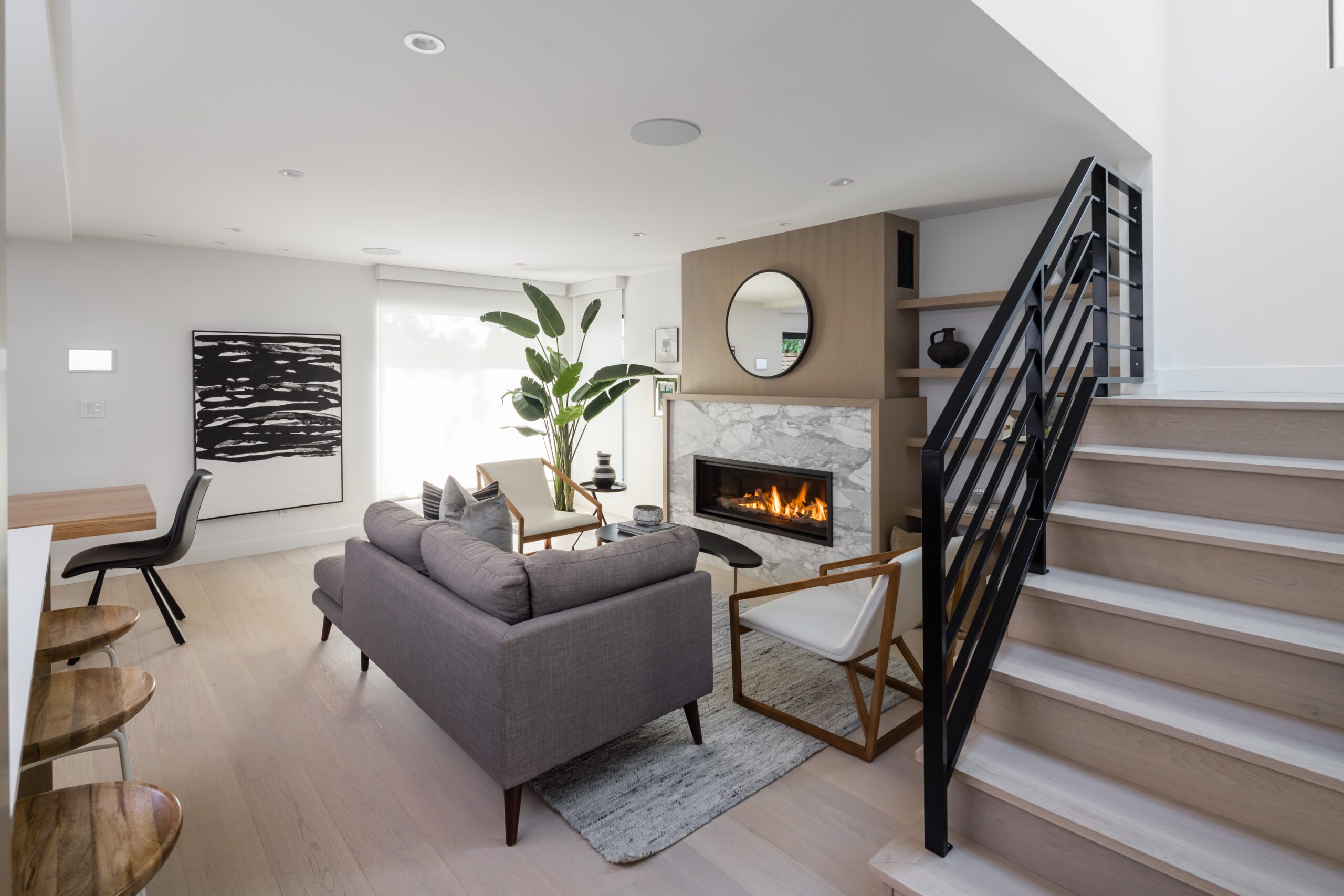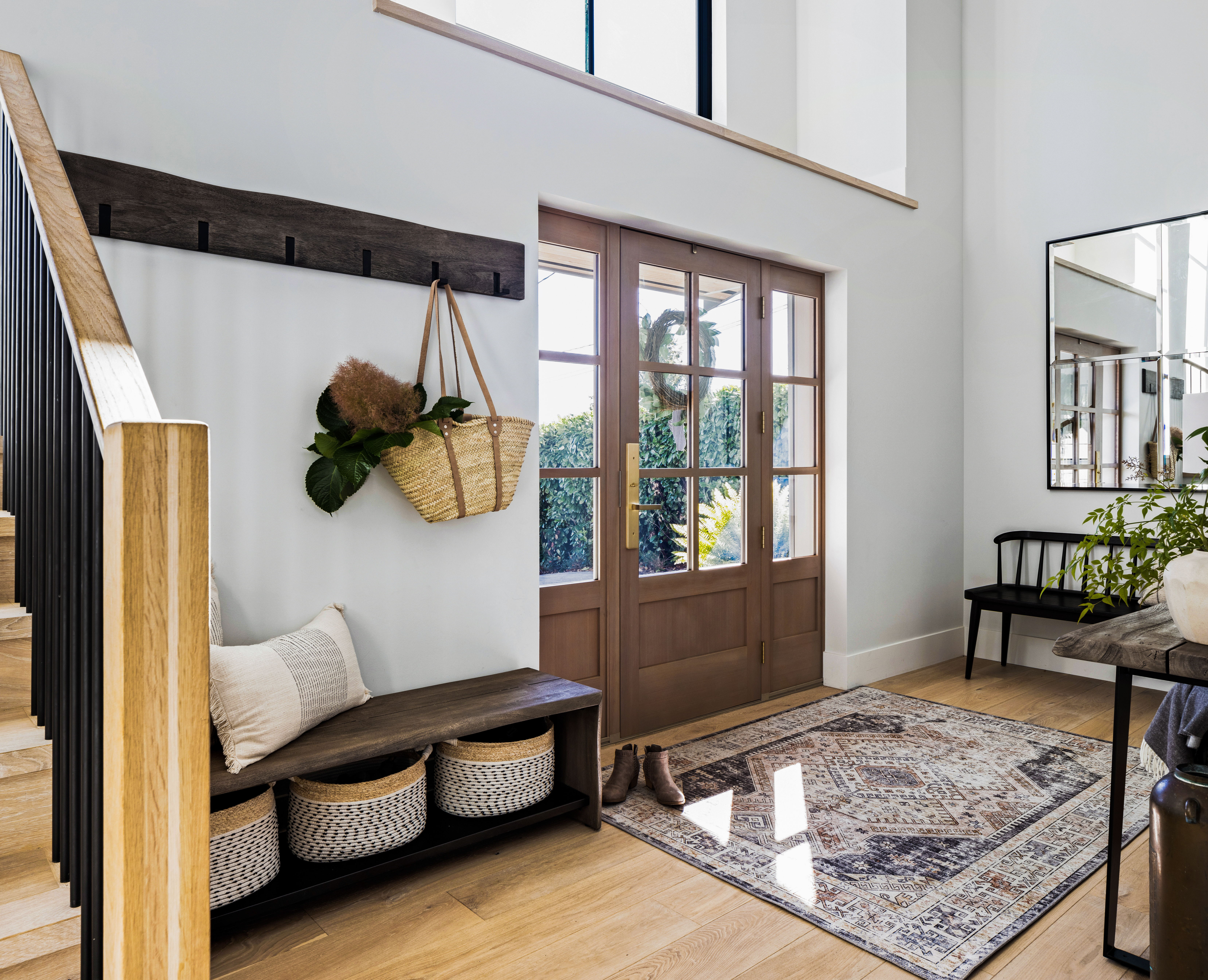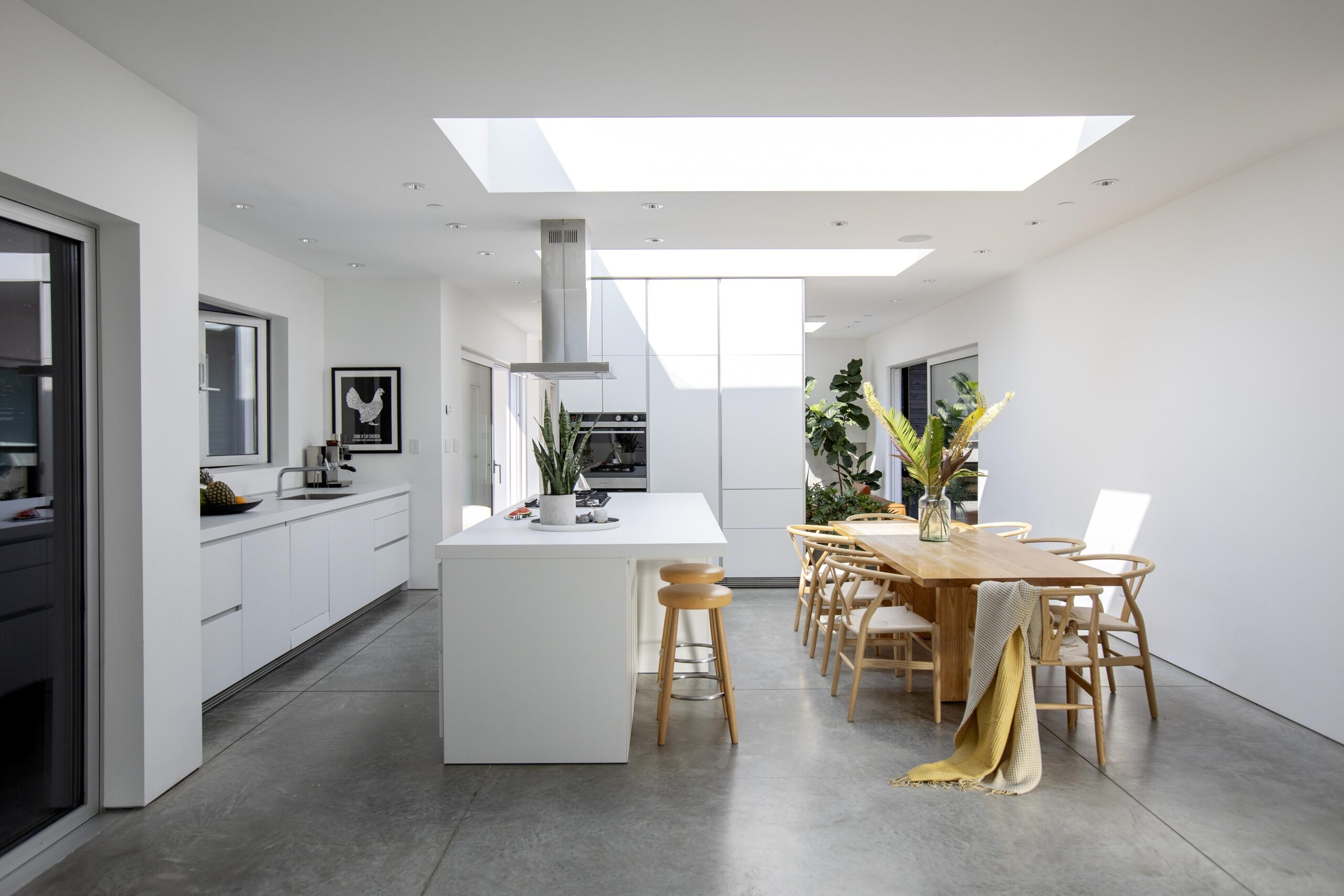If you’ve ever spoken with a Vancouver custom home builder, you’ve heard the term “building envelope.” If you haven’t heard this term yet but plan on hiring a builder, you will hear about it! The building envelope is an essential part of any new custom home build or renovation. However, some home builders will put more thought and effort into ensuring your home has a high-performance envelope. Therefore, it’s necessary to understand what a building envelope is and what it does so you can decide what level of quality you’re looking for when choosing a contractor.
To help make your research as simple as possible, our building envelope specialists have put together this educational article. We’ll explain what a building envelope is, its purpose, and why it’s important. Our experts will also discuss the benefits of a high-performance building envelope and share tips for ensuring your home’s envelope is top-quality.
Ready to learn everything you need to know about the building envelope? Keep reading!
Content Quick Links:
What is a building envelope?
Components of a Building Envelope
What is its purpose, and why is it important?
Envelope Requirements
Benefits of a High-Performance Building Envelope
How to Ensure A High-Performance Envelope
Build A Home with Hasler Homes
What is a building envelope?
First things first – what, exactly, is a building envelope? Here’s a quick definition.
BUILDING ENVELOPE MEANING: the physical barrier between the interior and exterior of a home or building. A building envelope comprises all the components that separate the indoor environment from the outside elements.
When working with architects and home builders, you might hear them use other names for “building envelope.” These alternative names might include:
- Building enclosure
- Thermal envelope
- Building shell
- External envelope
Now that you know what a building envelope is, you’re probably wondering – what are the components of the envelope? Let’s take a look.

Building Envelope Components
There are five general components of a building envelope. These elements include:
- Foundation
- Exterior walls
- Windows
- Doors
- Roof (including roofing materials – e.g., shingles, tiles, metal)
If you’re still unsure whether a particular component is part of the building envelope, you’re not alone! There’s often confusion about what is considered part of the envelope and what isn’t. So, here’s an easy-to-read table that will help you determine which elements of your home are part of the building enclosure and which are not.
| Building Component | Is It Part of the Building Envelope? |
| Foundation | Yes |
| Exterior Walls | Yes (not including the exterior walls of an unheated garage) |
| Interior Walls | No |
| Sub-Floor | Yes |
| Windows | Yes |
| Exterior Doors | Yes (except the exterior doors of an unheated garage) |
| Interior Doors (e.g., doors between rooms inside your home) | No |
| Roof | Yes |
| Downspouts, Flashing, Gutters, and Other Diversion Systems | Yes (just for getting water away from the building) |
| Exterior Siding/Rainscreen System | Yes |
| Insulation | Yes |
| Drywall | Yes |
| Vents | Yes |
| Skylights | Yes |
| Chimney | Yes |
| HVAC System | No |
What is the purpose of the building envelope, and why is it important?
The primary purpose of a building envelope is to separate and protect the interior of your home from the outside elements. In doing so, the building enclosure provides several functions – all of which are important for protecting your home’s structural integrity and your health and comfort.
These most important functions of the building envelope include:
-
Protecting the structural components of your home against external environmental conditions (e.g., rain, snow, wind, and extreme temperatures) to ensure structural integrity.
- Controlling moisture levels within your home by preventing water vapour from entering and accumulating within the walls, roof, and foundation.
-
Managing airflow by controlling the movement of air in and out of your home, thereby minimizing drafts and air leaks.
-
Helping regulate indoor temperature by controlling the flow of heat between the inside and outside of the building.
-
Providing sound insulation by reducing noise transmission through walls, floors and ceilings.
- Improving energy efficiency by controlling moisture and preventing air leaks.
IMPORTANT TO NOTE: Not all building envelopes are created equal! Different home builders and renovation companies in Vancouver use different building materials, processes, and techniques, which can result in significant contrasts in performance and energy efficiency.
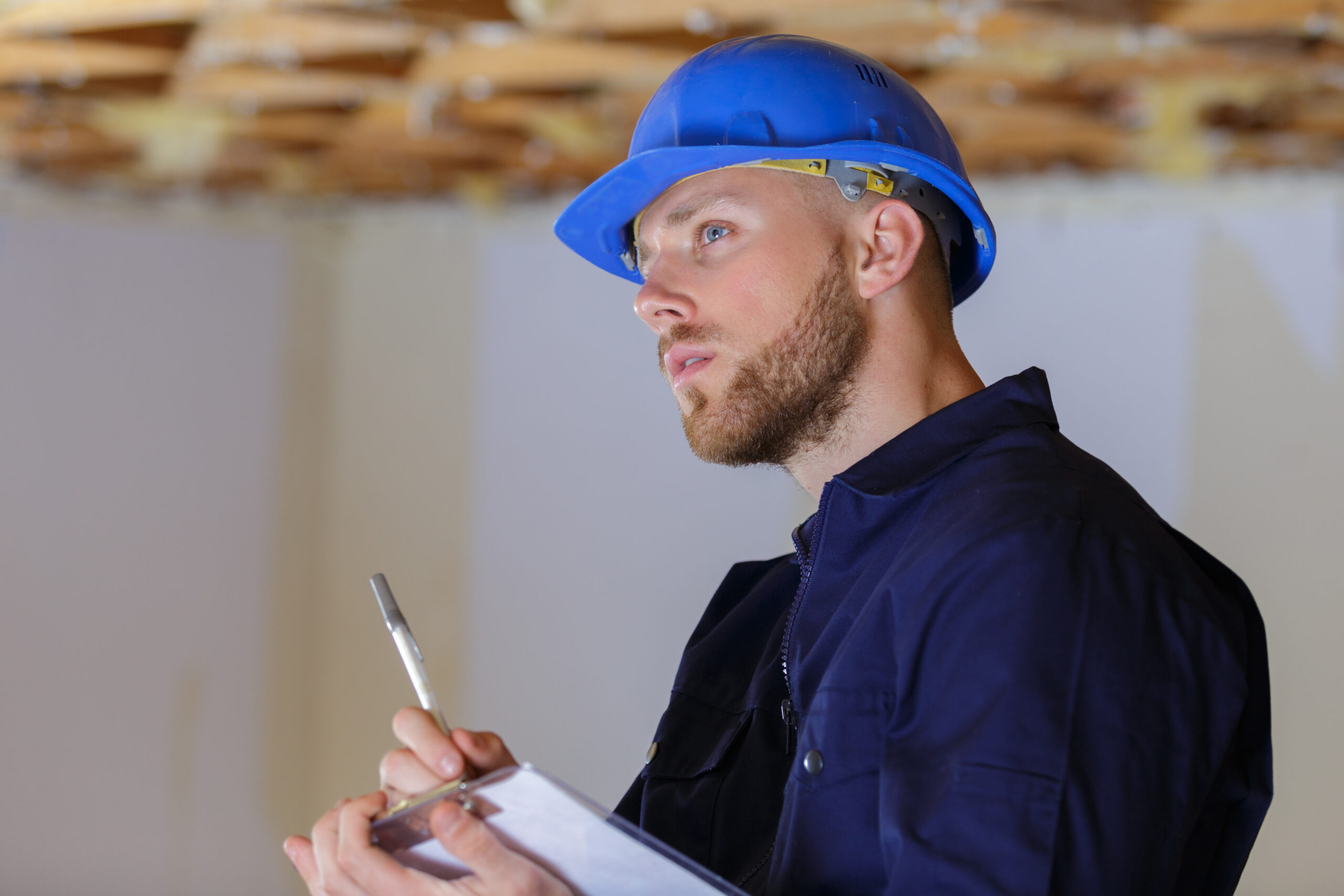
Building Envelope Requirements in North Vancouver & Surrounding Areas
There are numerous energy efficiency requirements for homes in the lower mainland. These include requirements for the building envelope, which are set out in Section 9.36. (Energy Efficiency) of the British Columbia Building Code and the BC Energy Step Code.
Section 9.36. (Energy Efficiency) of the British Columbia Building Code
Section 9.36. of the BC Building Code outlines specific building enclosure requirements related to effective insulation, windows, doors, skylights, the air barrier and more.
BC Energy Step Code
The BC Energy Step Code establishes measurable requirements for the efficiency of building envelopes in newly constructed homes. To demonstrate compliance with Step Code requirements, a builder must prove that the home and its building enclosure meet (or exceed) a set of defined metrics. For example, the house must undergo on-site airtightness testing before it can be occupied.
Currently, the Step Code requires new single-family homes, coach houses, and smaller townhouses in North Vancouver to meet Step 5 (Passive House, Net-Zero Energy-Ready) and Emissions Level 1 OR Step 4 (R-2000) and Emissions Level 3. The steps in the BC Step Code range from 1 to 5, with higher steps requiring increasingly stringent energy efficiency standards.
Want to ensure your new home meets (or exceeds) the requirements set out by the BC Building Code and Energy Step Code? The key is to hire a high-performance builder.
High-performance builders in Vancouver, like Hasler Homes, have teams of architects, designers, and builders who know the ins and outs of all the building codes in your area. By hiring a professional contractor, you can ensure you meet essential building codes, pass inspection, and reap the numerous benefits of a high-performance home.
Benefits of a High-Performance Building Envelope
By acting as a shield against rain, wind, heat, cold, and other environmental factors, a high-quality building envelope offers numerous health, safety, comfort, durability, energy efficiency, and long-term financial benefits.
Some of the most significant benefits of a tight, high-performance building envelope include:
-
Protects structural components from environmental degradation for a longer-lasting home
-
Improves energy efficiency and lowers energy usage
-
Helps reduce heating and cooling costs
-
Reduces the requirements of your home’s heating, cooling and other mechanical systems, helping to minimize repair and maintenance needs and extend their lifespan
-
Helps prevent mould and mildew growth, wood rot, and other moisture-related problems
-
Protects interior finishes, furniture, etc., from moisture and extreme temperatures, extending their lifespan
-
Fewer major home repairs and less maintenance
-
Reduces noise levels (i.e., noise transmission from outside to inside, inside to outside, and the noise transference from room to room within your home)
- Better indoor air quality
IMPORTANT TO NOTE: A tight building envelope minimizes drafts and air leakage into and out of your home. But this also means that the airflow within your house is significantly restricted. Therefore, many new airtight homes require additional HVAC components to help provide fresh indoor air. For example, you may need a whole-home air ventilation system, such as an HRV or ERV, to improve indoor ventilation and airflow.
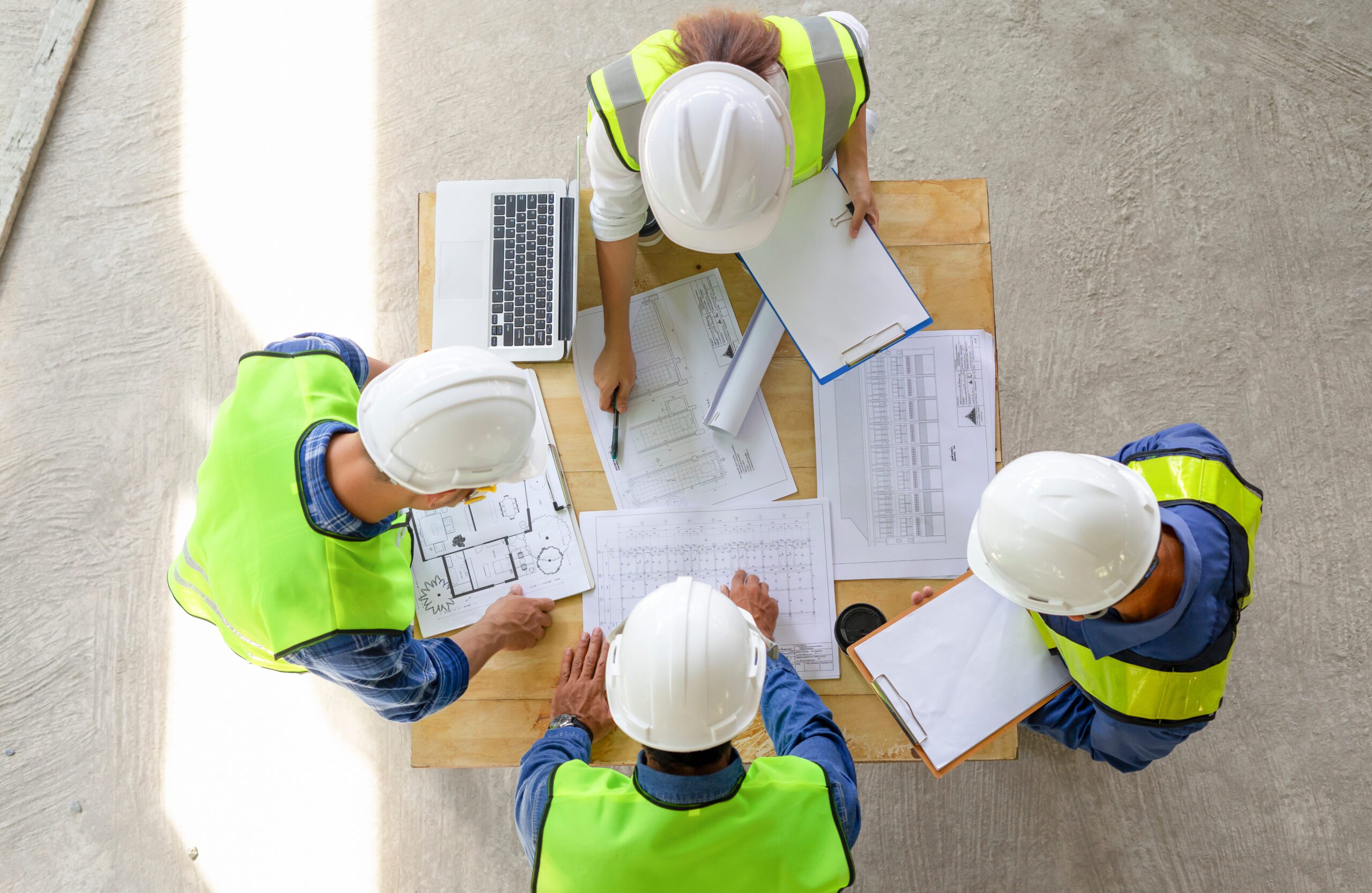
How to Ensure A High-Performance Building Envelope
Here are four ways to ensure your new home or renovation has a high-performance building envelope.
-
Hire an experienced, high-performance builder, like Hasler Homes, who specializes in energy-efficient construction.
-
Ensure your builder utilizes a collaborative and integrated design process, working closely with architects, engineers, and energy consultants to optimize the building enclosure from the design phase.
-
Look for a builder who has processes in place for continuous monitoring and quality control throughout the construction phase to ensure high-quality construction and attention to detail.
- Verify that your builder offers post-construction support, including guidance for maintaining the building envelope and a good warranty.
Build a High-Performance Home with Hasler Homes
Hasler Homes is an experienced, high-performance builder based in North Vancouver, BC. Our team of architects, designers, and builders specialize in designing and constructing high-performance homes with top-quality building envelopes.
In fact, even before local governments required new homes to meet stringent building enclosure guidelines, our team focused on creating high-quality envelopes to ensure health, safety, longevity, and long-term cost savings!
If you’re ready to build your dream home, we’re ready to help! Call, email or visit us today to discuss your vision.
